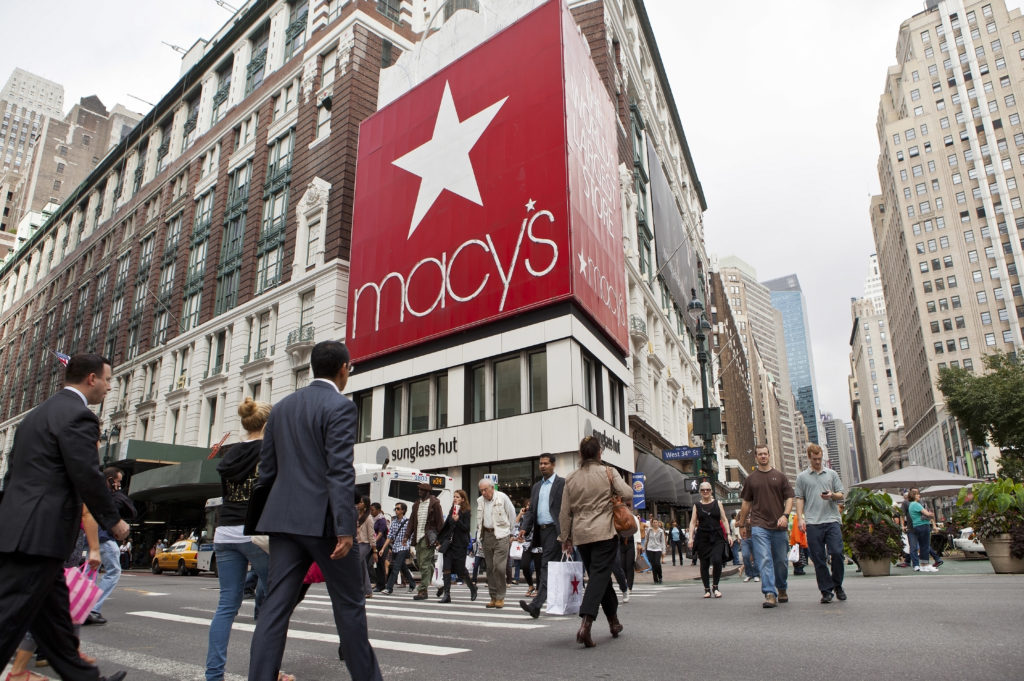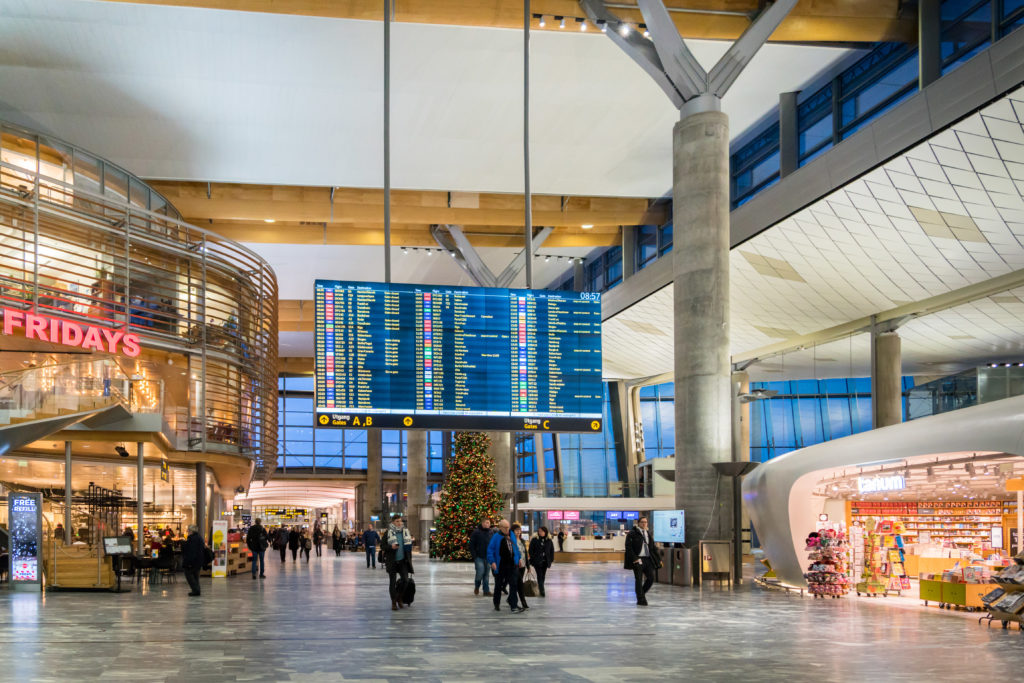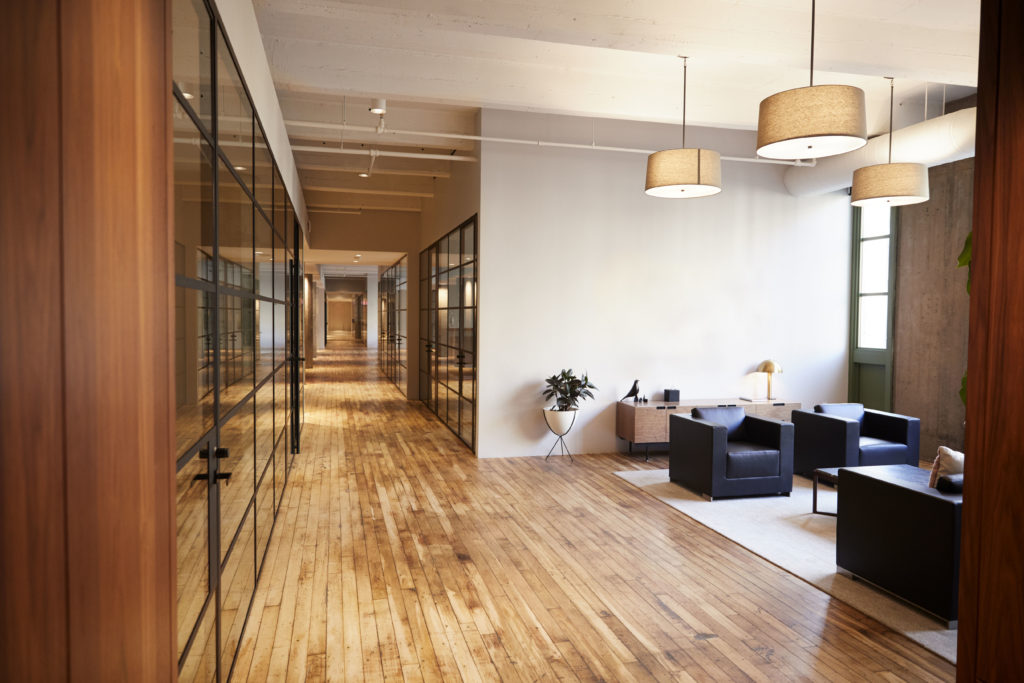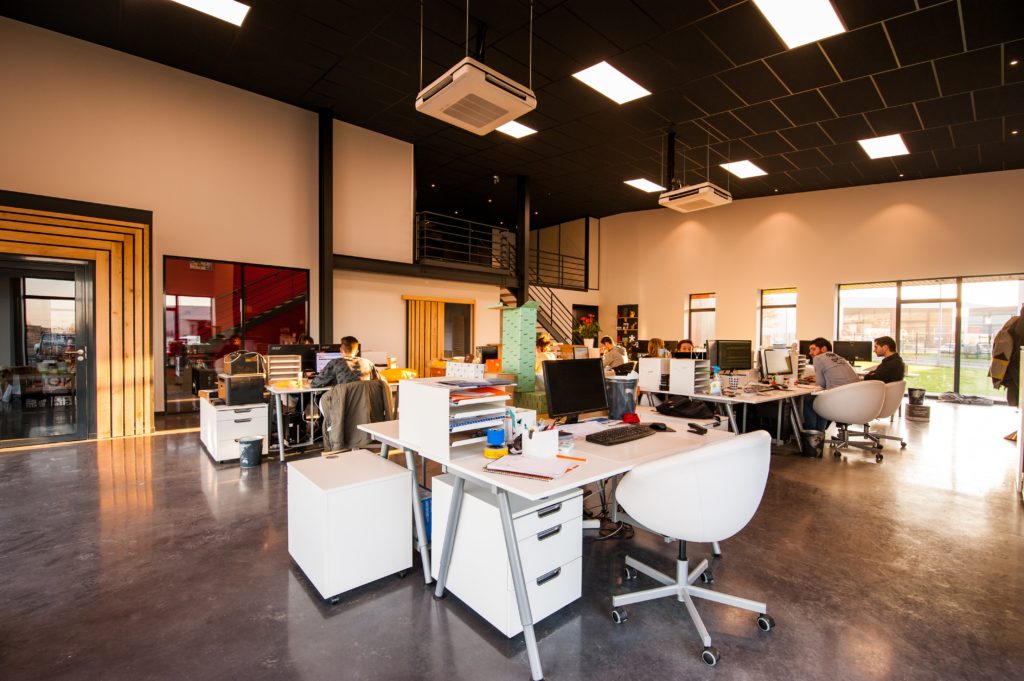These days, social media is the ultimate form of communication. Whether you’re chatting with friends, catching up with family members, shopping for your favorite product or even promoting your multifamily real estate space, there’s a place for everyone on social media. Here, we’ll let you in on our top five tips for decreasing multifamily vacancy — and increasing your leasing rates — via social media
1. Don’t just show, sell.
When posting about your property on social media, be sure to both show and sell your space. It’s important to showcase your amenities and rentals through accurate and beautiful photos. However, each post takes time and energy to create and perfect. Because social media can be a large time commitment, you’ll want to gain a return on your posts. By also selling as you show, this is something you can achieve. You can do this by discussing the benefits of each room, responding to questions, and providing information about how to get in contact with the real estate property.
2. Highlight your renovations.
As you upgrade your property, be sure to keep your followers informed. It’s likely that your basis of social media followers include tenants and non-tenants alike. By sharing the modifications you make potential tenants will likely be impressed by your new and unique features, and existing tenants will appreciate the continuous dedication you show to your building and customers.
3. Offer incentives and promote giveaways.
Social media is the perfect place to offer incentives and promote giveaways. For example, you could offer free gifts with a new rental, like household appliances, discounts at local coffee shops, or a reduction of one month’s rent. By promoting these kinds of marketing deals on social media, you’ll be able to engage your online community — and they may just consider committing to a lease at your property.
4. Showcase your engaged community.
Not only do you want to showcase the space that your’e promoting, you also share photos, testimonials, and reviews from your community of tenants. This provides recognition and appreciation to the amazing people within your building while also showing potential clients the amazing things they could have if they sign on at your property.
5. Find tenants and generate leads.
As you portray your property on social media, people will begin to become curious and inquisitive about your space. As they begin to engage in your posts — through comments or direct messages — be sure to respond to their questions an concerns. While doing this, promote your space and include links to your rental agreements and applications.
Of course you want to keep your property full. Social media is a great way to both promote your business and attract potential clients. By using social media effectively as a building owner or manager, you’ll be able to decrease your multifamily vacancy rates, keep your current tenants informed, and maybe even sign a few new tenants.















